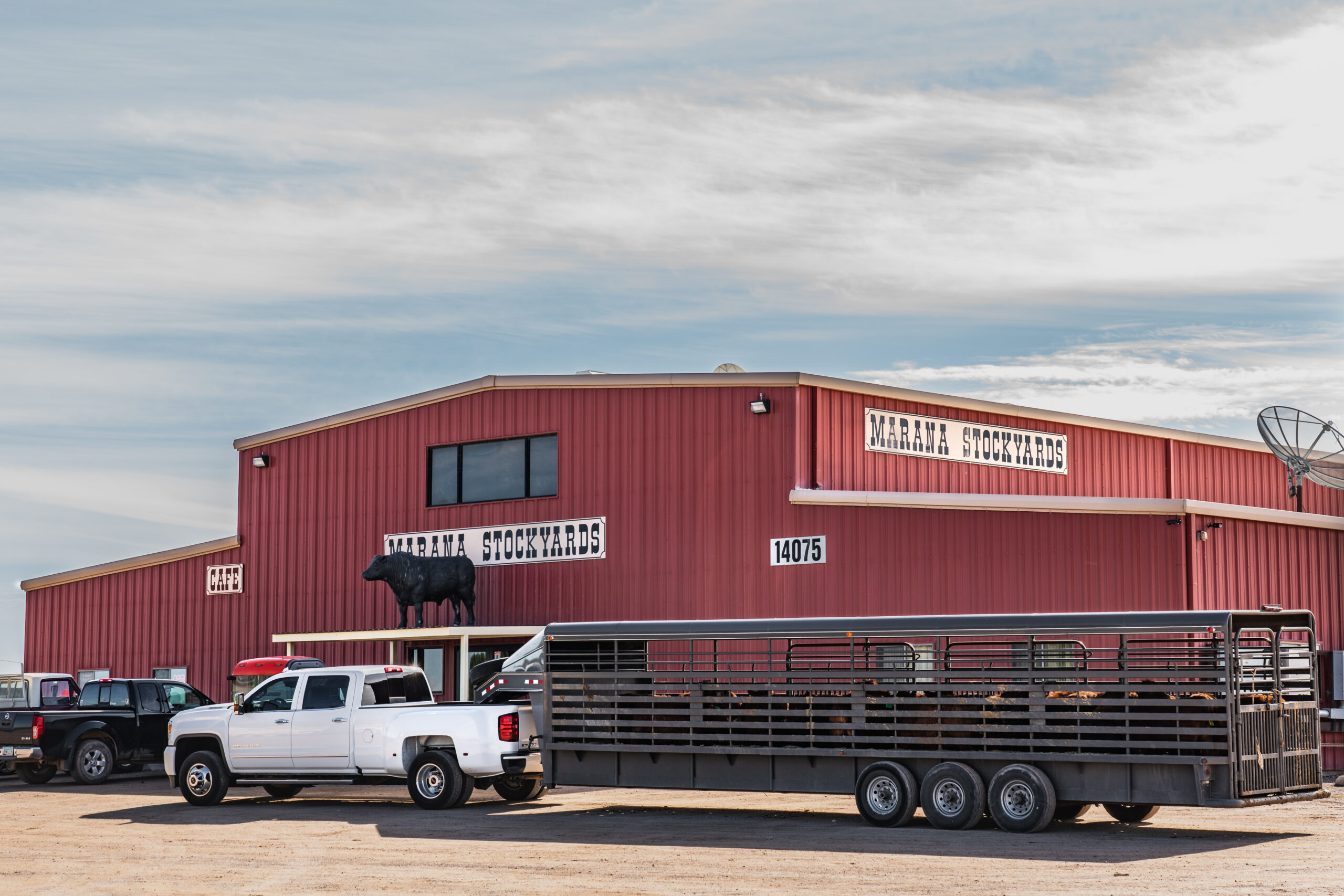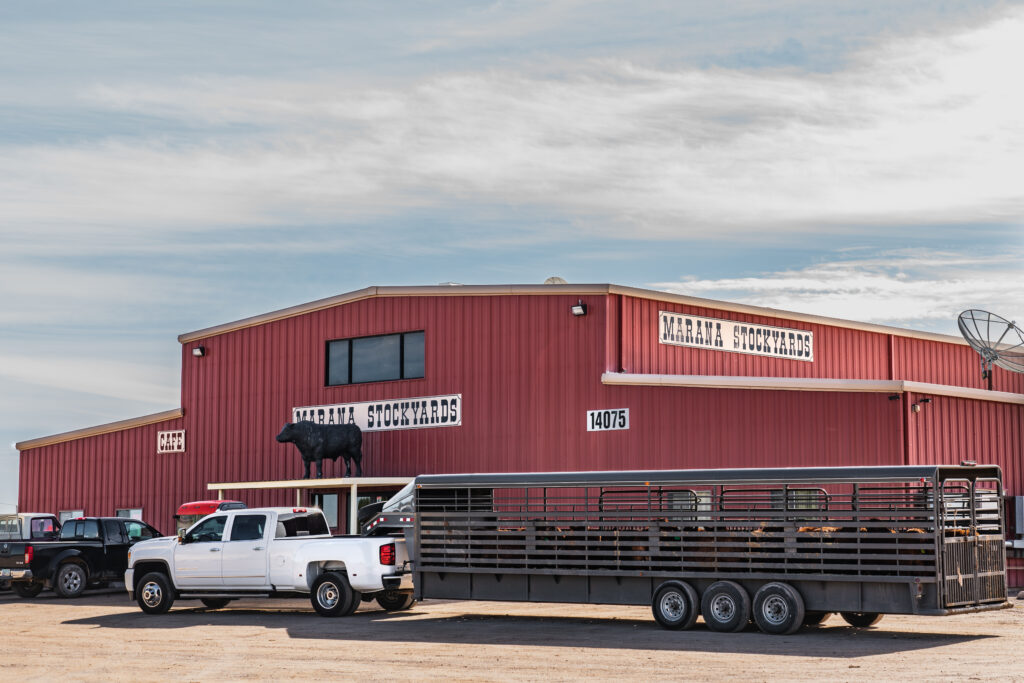HOME
Teaching Kids to Love the Outdoors

By Russell Graves
It’s a profound, yet simple statement. Kids belong outside.
Since my children were small, they’ve been enjoying the natural world on a daily basis – largely in part because my wife and I have made it a point to introduce our children to the things that make Texas wild. Our motivations have always been simple because we want our kids to love and appreciate the outdoors.
Even more than just a rote appreciation for nature, there’s something deeper that connects kids with outside playtime, and a litany of scientific and scholarly articles prove what many Texas parents know instinctively: there is long and lasting physical and cognitive value in turning off electronic entertainment and finding entertainment in the outdoors.
Growing up in the late 1970s and throughout the 80s, I spent most of my free time outside. Growing up in the country, time spent outside was a given since there wasn’t much to compete for my time. Therefore, depending on the season, I either hunted, fished, camped, hiked or explored in a continual, almost predictable rotation, year after year.
Things aren’t so romantically nostalgic for today’s young people.
The Chesapeake Bay Foundation reports that children today spend an average of six hours a day consuming media from the televisions and computers. Sadly, less than four minutes a day is spent in unstructured outdoor play. Astonishingly, the Nielsen
Company (the organization who publishes television ratings of record) says that most preschoolers log in excess of 32 hours of TV per week and have seen more than 5000 hours of television by the time the reach kindergarten. That amount of time is equivalent to the time it takes to earn a college degree.
The lack of activity has many alarmed as there is a direct correlation between kids who consume the most television and the highest rates of obesity. Over the past two to three decades, the number of children who are overweight has doubled. As a result, diseases like type 2 diabetes that were once relegated to adults, are now showing up in alarming frequency in children. The rise in attention deficit disorders, according to some studies, is also due to the decreased, unstructured outdoor playtime.
To read more pick up a copy of the July 2018 NTFR issue. To subscribe call 940-872-5922.
HOME
Wichita Falls Area Cattlewomen

Having herds on a controlled breeding schedule means that we have a predictable calving schedule, and while it’s only over a couple of months, for us it does fall right after the start of the year. I lobby annually to call ours the “Winter calving season”, but I am outvoted and my husband still refers to it as Spring. Unlike producers in our Northern States, we don’t have to contend with brutally harsh winter weather, and on those rare times we do, thankfully it is not for extended periods. Regardless of whether you have a Spring or a Fall calving schedule, the health of a newborn calf begins with the mother’s health, and the mother’s health is largely dependent on the producer.
To read more, pick up a copy of the November edition of North Texas Farm & Ranch magazine, available digitally and in print. To subscribe by mail, call 940-872-5922.

HOME
Lone Star Auctioneers Championship

Join us for the Lone Star Open (LSO) Auctioneer Championship, set to take place on Sunday, February 2, alongside the Fort Worth Stock Show and Rodeo (FWSSR).
This exciting event will feature a $20,000 prize for the grand champion auctioneer, as well as insightful presentations on the auction method of marketing and the dynamic auctioneering profession.
To read more, pick up a copy of the January edition of North Texas Farm & Ranch magazine, available digitally and in print. To subscribe by mail, call 940-872-5922.

HOME
Being A Woman In The Outdoor Industry

By Emily Gleason
The outdoor, hunting, and fishing industries have long been perceived traditionally as a male-dominated realm. However, as societal norms shift, the experiences of women in these industries have been increasingly coming to the forefront. Being a woman in the outdoor industry today is a complex blend of passion, perseverance, and community, marked by both challenges and triumphs.
Women who hunt or engage in outdoor activities frequently find themselves confronting preconceived notions about their capabilities and interests. Many of us have experienced skepticism or outright disbelief when we express our enthusiasm for hunting or other outdoor activities.
Despite these stereotypes, women are increasingly challenging and redefining what it means to be involved in these activities. Female hunters and outdoor enthusiasts are not only participating but excelling in such skills. They contribute unique perspectives and insights to the hunting community, showcasing that passion for the outdoors knows no gender.
To read more, pick up a copy of the January edition of North Texas Farm & Ranch magazine, available digitally and in print. To subscribe by mail, call 940-872-5922.

-

 Country Lifestyles2 years ago
Country Lifestyles2 years agoScott & Stacey Schumacher: A Growth Mindset
-

 Country Lifestyles8 years ago
Country Lifestyles8 years agoStyle Your Profile – What your style cowboy hat says about you and new trends in 2017
-

 HOME8 years ago
HOME8 years agoGrazing North Texas – Wilman Lovegrass
-

 Equine1 year ago
Equine1 year agoThe Will to Win
-

 Outdoor10 years ago
Outdoor10 years agoButtercup or Primrose?
-

 Country Lifestyles5 years ago
Country Lifestyles5 years agoAmber Crawford, Breakaway Roper
-

 Country Lifestyles9 years ago
Country Lifestyles9 years agoJune 2016 Profile – The man behind the mic: Bob Tallman
-

 Country Lifestyles8 years ago
Country Lifestyles8 years agoDecember 2016 Profile, Rusty Riddle – The Riddle Way




